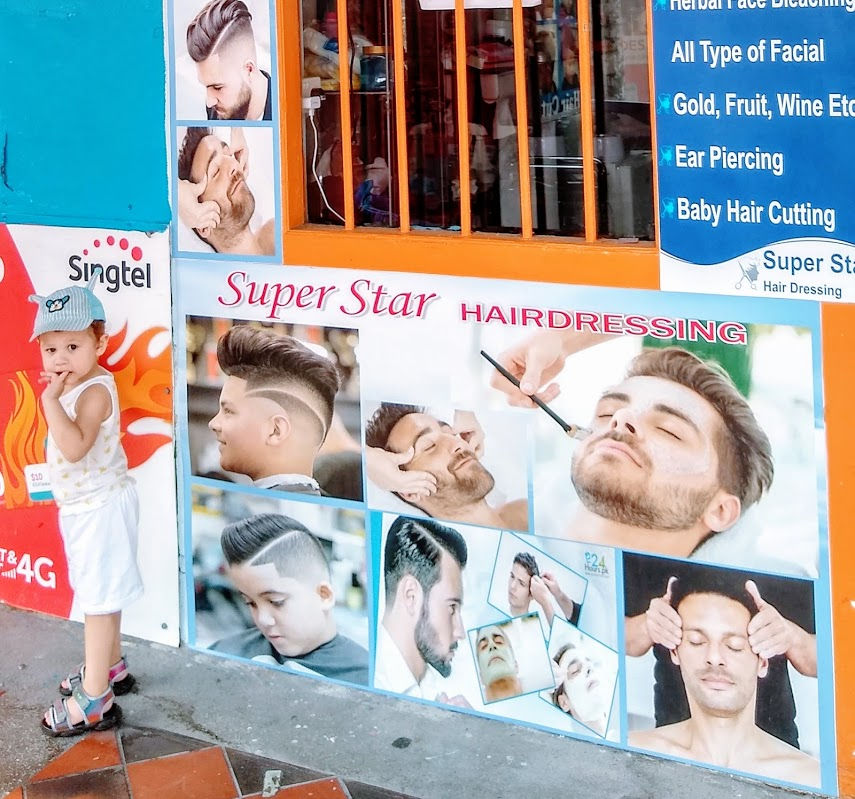Graphic designing is often perceived as a modern and foreign concept in India, but graphic designing finds its origin back in World War 2. It was a time when Graphic designing was referred to as a practical yet cheap source of visual communication to attract customers and sometimes to allure soldiers into the army. Consequently, began the series of Shahrukh Khan's unsolicited endorsement for every juice stall and barber. That has changed little, except that Zayn Malik is now the new endorser outside of every hair salon.

Therefore, it becomes crucial to ask, "why are graphic designers paid so little in India if they have been such an impactful part of our society?" Although let's be honest, while in many countries designers rule the marketing capital, Indian designers barely get their monthly paychecks with 4-5 digit income. The answer to that may be multiple folds that we will discuss in the following points.

1. HIGH COMPETITION:
"Graphic designing is the most popular choice of course among designing students.". While that sentence ignites hope for a modern incoming of more creatively inclined visual content, it may also be the root of the problem, as this whole scenario can be related directly to the population threat faced by the majority of Indian working personnel.
There is an abundance of professional, and self-taught designers in India looking for work. That motivates designers to work at low rates and for more hours. So that destroys the balance of the market, leading to low standard wage rates for all.

2. IGNORANCE TOWARDS BENEFITS OF GRAPHIC DESIGNING IN MARKETING:
The conventional marketing style remains the most highlighted form of marketing in India, and businesses here have failed to adopt modern networking styles, such as graphic designing and illustrations. The reason for that is partly because of ignorance towards the benefit of graphic designing techniques. These benefits include -
larger customer base
repeated sales
enhanced awareness toward the product
higher appeal to customer morality
helpful to target diverse customers
cost-effective
This unawareness results in low budgets for advertising, and subsequently, low wages for designers.
3. LESSER REQUIREMENTS TO BECOME A PROFESSIONAL:
There are no necessary requirements to become a professional graphic designer, making this field open to all. To become a professional, you can join an education institute or simply learn from YouTube because, ultimately, it's the individual's portfolio that will land them a job. It is also because of this that we see individuals from various age groups working as designers.
4. PRE-DOMINANCE OF EXPERIENCED INDIVIDUALS:
Experience is a prerequisite to all professions, but since there are no educational barriers in graphic designing, it's your experience that we draw the client to. I paid the graphic designers with more experience of 5+ years more than newcomers. Thus, it is advisable to be patient while entering the field.

5. SIMPLER TOOLS TO WORK WITH:
It's common to find self-proclaimed graphic designers on social media because of apps like Canva and Adobe Photoshop. Owing to these apps, even a novice can try their hand at designing and might not need a graphic designer. While this may not be a sustainable method for designing significant logos or unique brand identity, it still withdraws minor projects from the market, which leads to lesser work and more workers.


Comments